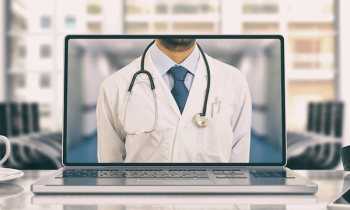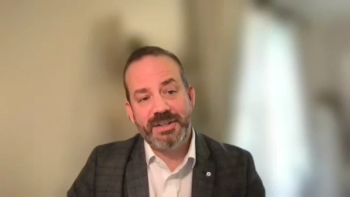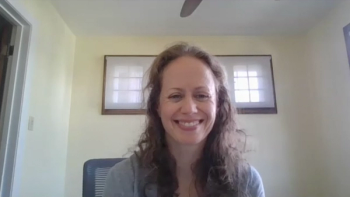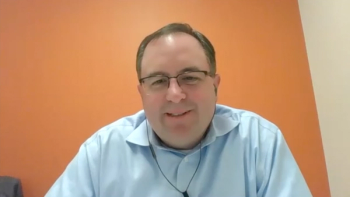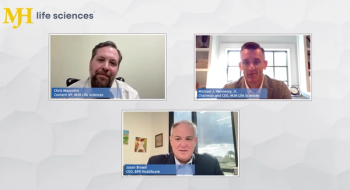
Digital Health Blunders and Wonders: Medical Intake Forms & CRISPR for Duchenne's
The intake form has replaced many of the questions doctors ask at the beginning of a visit, but it's done so to the detriment of patient engagement in an attempt at efficiency and billing optimization, and remains firmly stuck in the dark ages.
Hello! I'm Dr. Nick,
>> Get the best insights on the digital transformation
The Blunder
This week's blunder: the medical intake form. You know the one — the form you're presented with every time you show up at a doctor's office that can range from a page to several pages long. That same form you filled in just a day ago in another office with all the same details, and the same form you completed in that same office seven months ago with the same questions, for which you have the same answers – nothing's changed.
They expanded over time. Starting out as a registration form to capture basic demographic details and insurance and billing details. But as medicine got more complex, we've expanded the form to include some basic medical information. This is the information we asked for when we take a detailed history of the patient before we examine them. It's a rite of passage, and an essential skill for every doctor practicing medicine.
The intake form has replaced some of that activity to the detriment of patient engagement in an attempt at efficiency and billing optimization, and remains firmly stuck in the dark ages. It's also a tool in the balanced billing system typically including wording that acknowledges that you are responsible for any balance.
Assuming you believe that a medical intake form is a good tool, there are better ways to capitalize on existing technology that can vary from web-based form completion at home like the DrChrono and Better Day Health, and can also include digital-based form completion in the office. But most importantly, removing duplication of data capture just in one office, never mind from one office to another, which remains a stubbornly data-blocked issue.
Try this experiment, one I recommend in many circumstances: Follow the form and the data, and see what actually happens with it. Experience the process firsthand, and then track the resulting data flow. I'm willing to bet you'll be surprised at how little of that data is used, and if it is stored, the minimal value of any scanned piece of paper that never gets used or looked at again.
The costs add up, not just in patient dissatisfaction, but in staff time handling them, the management, storage and backup, and securing of this PHI data.
The Wonder
This week's wonder is based on the CRISPR gene editing mechanism. What's CRISPR you ask? Well it stands for clustered regularly interspaced short palindromic repeats. A family of repeating DNA sequences in bacteria and archaea, and are used in the wild to defend against viruses by prokaryotic organisms.
In a clever piece of scientific discover and modification, these tools have been subjugated to edit DNA of our choice, opening a door to a whole new domain of science and treatments.
The technology comes with no ethics guide or manual for use, and the implementation and uses are wide and varied throughout the world, with potential dystopian futures and consequences.
But think about any disease where we have a known causative agent — our own DNA. We've seen uses for crops and foods. Early work has shown promise in a wide range of diseases including cancer, thalassemia, sickle cell disease, hemophilia, cystic fibrosis, Huntington's disease, and heart disease.
Imagine reversing an irreversible disease. A new CRISPR treatment is showing success in dogs to treat Duchenne's muscular dystrophy, and has been shown at UT Southwestern Medical Center. The researchers used a single cut gene editing technique to restore a dystrophin in the muscle and heart tissue by up to 92 percent of normal levels.
That's great news! Our estimates suggest that 15 percent is needed to significantly help patients with Duchenne's muscular dystrophy.
In the past, I've been involved with muscular dystrophy and other terminal diseases and took twins suffering from this devastating disease on one of their many trips from England to the United States to visit the happiness capital of Orlando Disney World with the Children's Holiday Foundation — a UK version of Make a Wish Foundation.
Children with muscular dystrophy die young because of their failing muscle strength in the heart and lungs. This type of treatment offers a hope of preventing this and reversing some of the steady decline in capabilities that characterize this disease.
It's early days, but encouraging results. And given the lack of options, may offer some early hope for trials and a promise of success.
Until next time, I'm Dr. Nick, the Incrementalist. Don't let perfection stand in the way of progress!
Related

